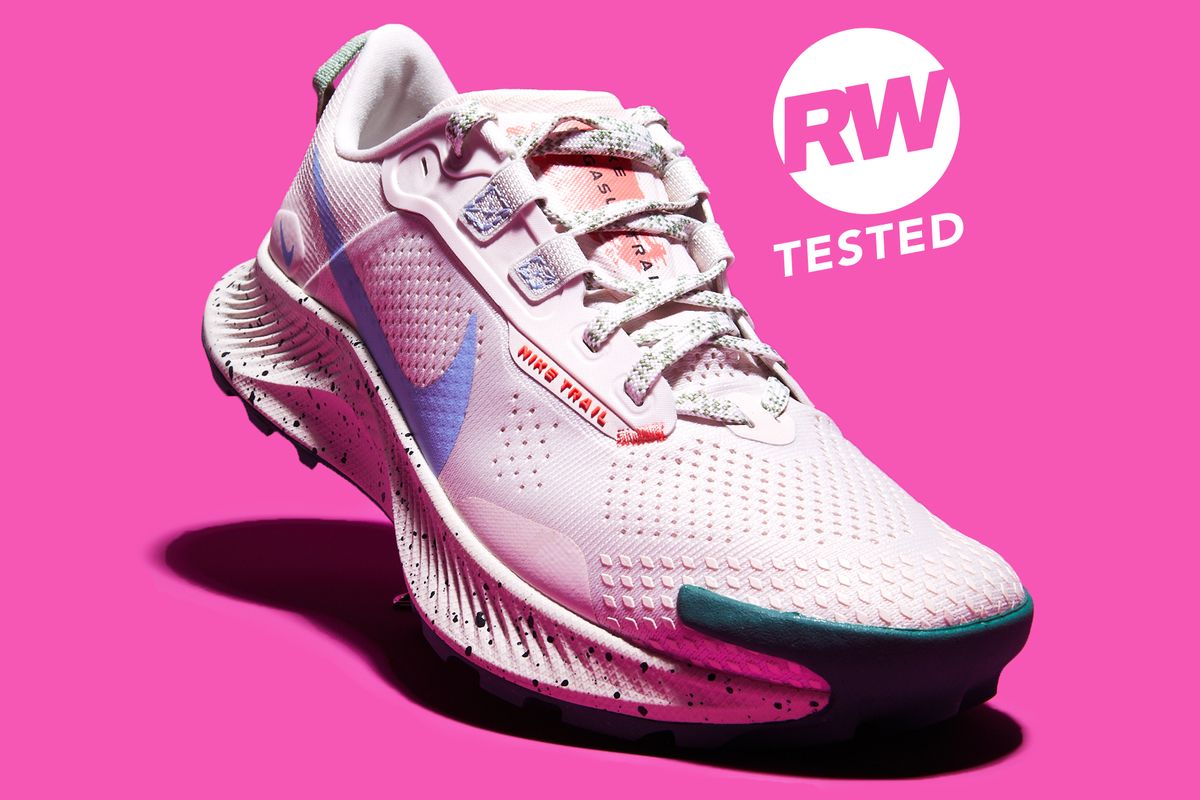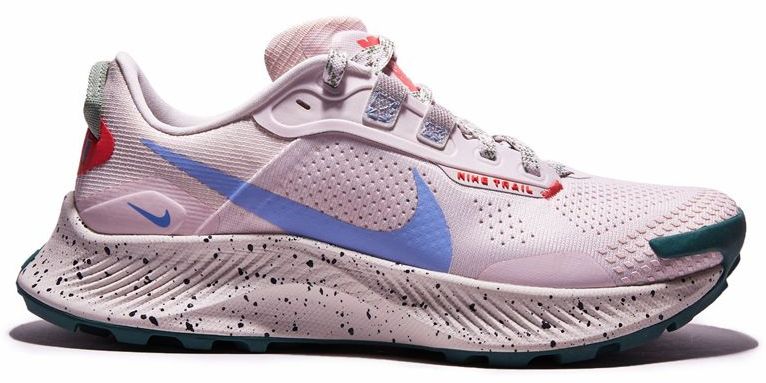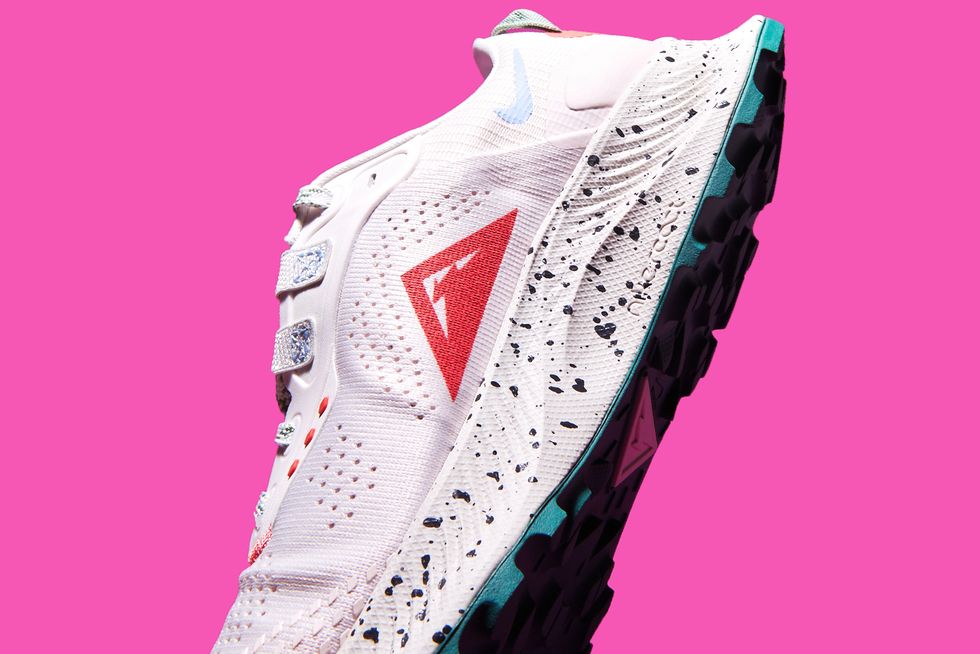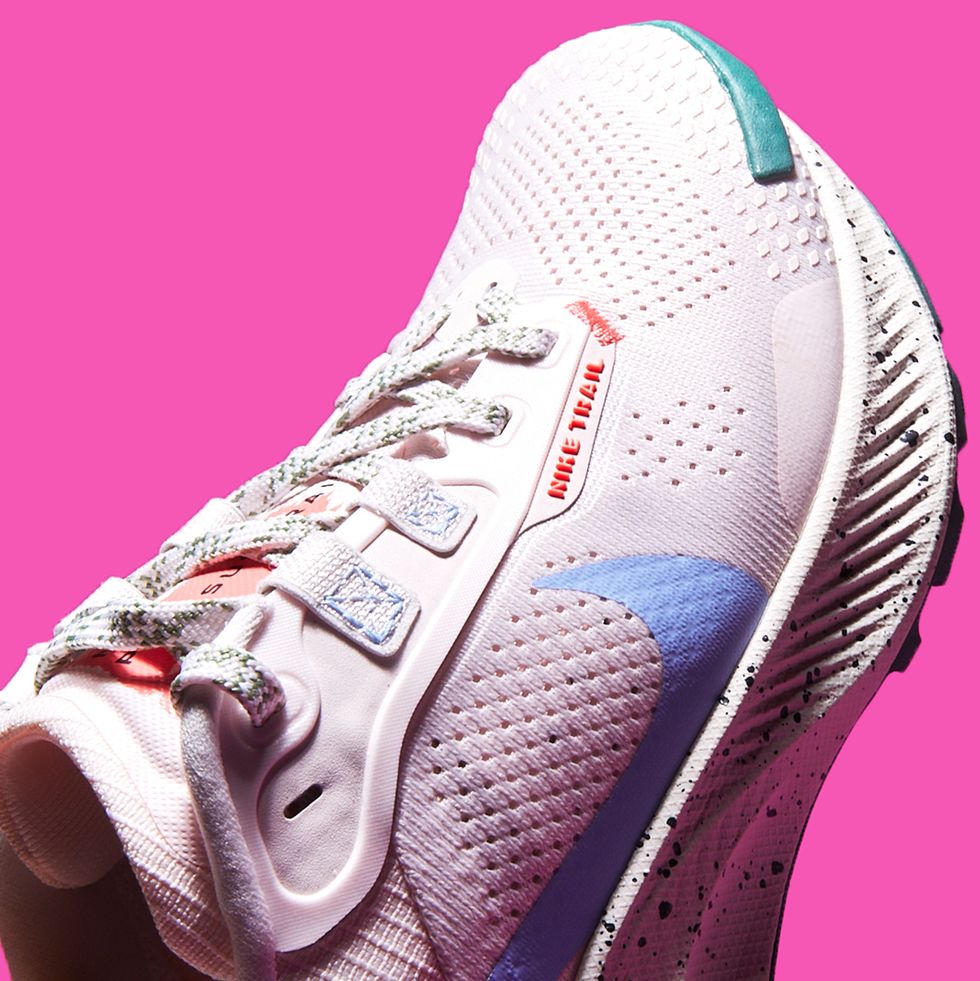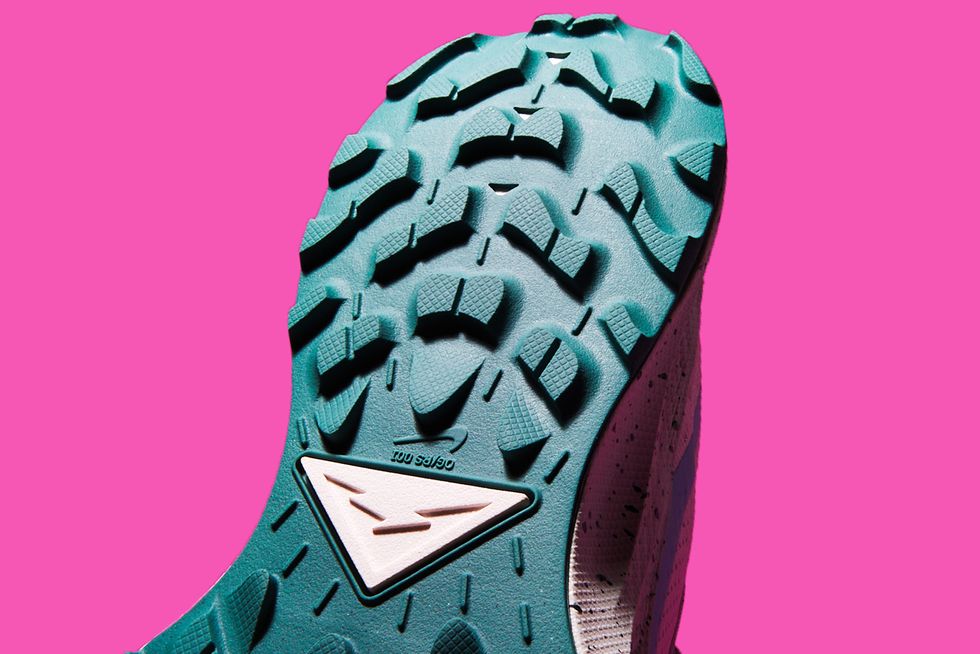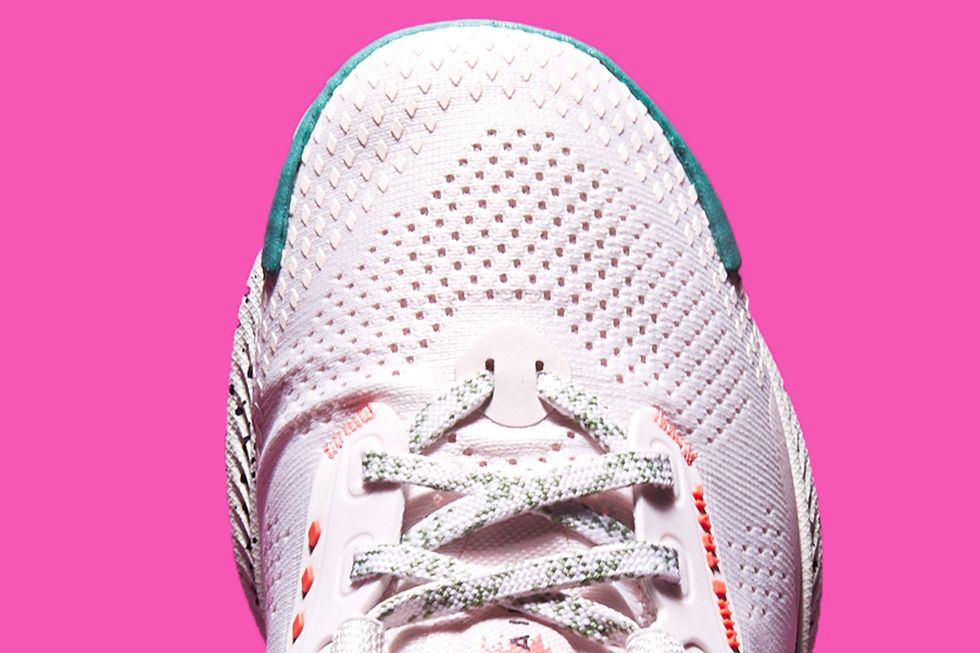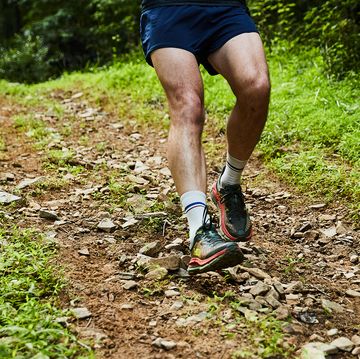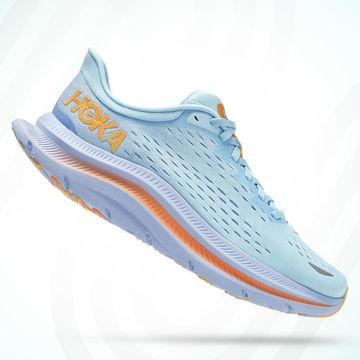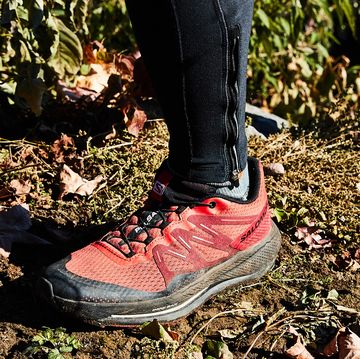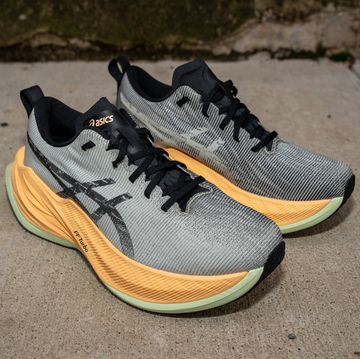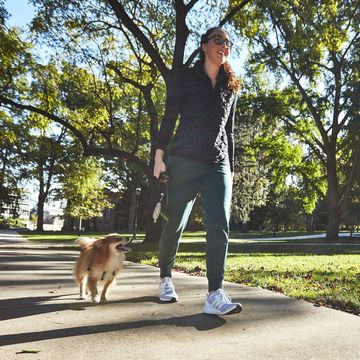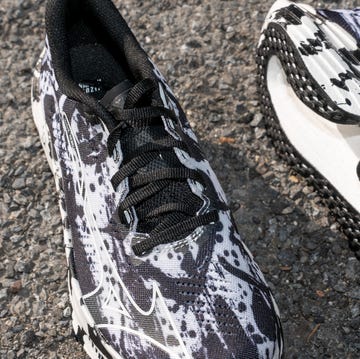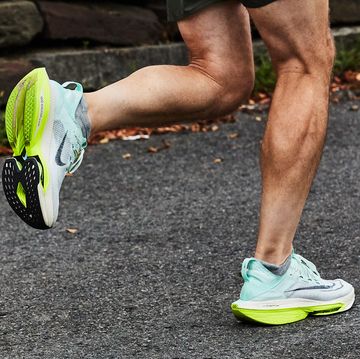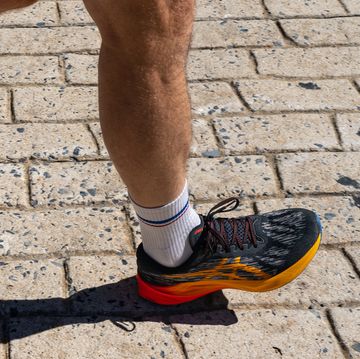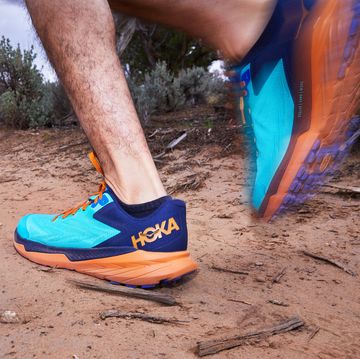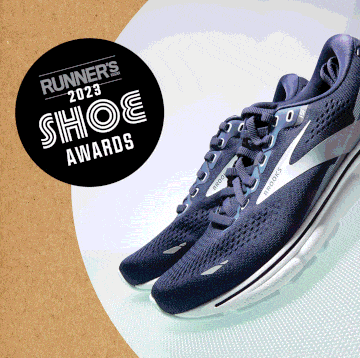The RW Takeaway: As the most cushioned option in Nike’s trail lineup, the Pegasus Trail 3 delivers a responsive ride for door-to-dirt runs on dry pavement, fire roads, non-technical singletrack, and bridle paths.
- Cushioning is moderately soft, ample for long runs, and provides a touch of stability
- Outsole lacks a rock plate, but nicely balances underfoot protection and ground feel
- Redesigned upper gets a more spacious toe box and well-padded ankle collar
Price: $130
Type: Road-Trail Hybrid
Weight: 10.9 oz (M), 9.3 oz (W)
Drop: 9.5 mm
Buy Men’s Buy Women’s More Images
More From Runner's World

Don’t be misled by the “3” designation: The Peg has come in off-road versions throughout the shoe’s long history. Nike released an ACG (All Conditions Gear) version with a synthetic leather upper as far back as 1988. The Peg Trail 3 is a “hybrid” that fits and rides similarly, but not identically, to the standard Pegasus 38. It’s a slam dunk for Peg fans seeking more miles on the dirt. Both shoes share broad React foam midsoles, and widened toeboxes—they’re a more spacious fit from Nike, but actually feel closer to standard women’s B and men’s D width. But the Trail 3 omits the Zoom Air unit in the forefoot. Hence, there’s no “Air Zoom” in the shoe’s name, unlike the Air Zoom Pegasus Trail 36.
How We Tested the Pegasus Trail 3
We evaluate running shoes in far greater depth than other media and bloggers you’ll come across, to give you the best possible insight. Our process allows us to get a variety of impressions from runners of varied body types, levels of experience, footstrikes, and ages thanks to our team of nearly 300 runners. For the Pegasus Trail 3, Nike provided us with more than a dozen sample pairs, which were distributed to testers who put at least 100 miles on their shoes over 30 days. At the end of the test period, we review all of the feedback we’ve collected from both our testers and members of our staff.
The test pool for Peg Trail 3 included a range of runners like a first-time trail shoe tester who trains at 7:30-mile pace for her daily runs, a loyal wearer of Nike Wildhorse and Pegasus models who logs about 45 miles per week, and an Adidas Boost fan who stands 6'6" and prefers shoes with lots of cushioning. We’ve taken into account all our testers’ experiences when writing this review.
Versatile Cushioning: A Great Value for Road-and-Trail Runners
Testers noticed less cushioning in the forefoot while running on the pavement from their homes to the trailhead, but found they didn’t need it once they reached softer dirt and gravel paths. Though dense, React foam squishes down enough underfoot to feel soft and offer some ground connection before rebounding. “Despite its heavier weight, the shoe kept a bouncy feeling on my runs from beginning to end,” one tester said of her runs on rocky trails in Jacobsburg State Park and grassy high school cross-country courses. “The heels had lots of cushioning for going downhill, the midfoot felt stable on transition, and the forefoot gave a nice quick push-off.”
React midsoles can firm up and stiffen a bit more in cold weather. It’s a small compromise worth noting if you’re taking these out on frosty winter trails. More responsive than Cushlon, but not quite as energetic as ZoomX, Nike’s midrange foam keeps the Peg Trail on the lower end of cost and higher side of energy return when compared with all the shoes we’ve tested. And, React performs just as well on the trail as it does on the road. The same, however, can not be said for the outsole material.
Good Grip on Tame Terrain
Rubber that may have worked well enough for a road shoe left us slipping and sliding on wet ground. On dry surfaces, the traction was fine, but the hard rubber, though durable, skated right across rain-slicked rocks, wood-plank bridges, and mud. Likewise, the round-edged 4mm lugs roll smoothly on roads, but don’t really bite into gravel or dirt on steep climbs or descents. But that’s par for the course with a hybrid shoe—it rarely gets pushed on such demanding terrain.
Peg Trail Gets Its Best Upper Yet
This version is a solid improvement over the last two iterations. Besides some additional overlays, little distinguished the upper of the first Pegasus Trail from that of any road trainer. The second version nearly overcompensated with a slew of trail features: A faux-gaiter ankle collar kept out debris, but its soft neoprene material made the heel fit slippery. Thick welded overlays and a toe bumper were protective, but the wide handle-like heel tab served as little more than aesthetics. In its third version, the Pegasus Trail gets it right. The toe bumper stays on the current model, while a smaller fabric pull loop replaces the former awkward design, and the gaiter-topped heel reverts to a traditional ankle collar.
A pair of ghillie eyelets and more padding on the fully gusseted tongue also better secure the midfoot. In mid-July, the extra material can feel a little warm—tiny rubbery diamonds plug up the would-be ventilation holes on the toebox—but it insulates feet well during January. “I knew I was wearing a trail shoe, but it felt like I was wearing a road shoe in terms of fit, feel, and comfort. A lot of my daily trail running is not on overly technical terrain with only a few rocky sections,” one tester said. “The Trail 3 fills that niche for trails where you need some traction and some rock protection, but you don’t need to overdo it.”
More Feedback from Our Wear-Testers
Jeff D. | Tester since: 2020
Arch: Medium | Gait: Neutral | Footstrike: Midfoot
“As a longtime Peg fan, I commented ‘instantly familiar’ on Strava after my first run in the Trail 3. The more substantial and more durable upper, stiffer midsole, and good lugs turned the Pegasus’s road shoe DNA into a capable trail model—a beefed up Peg, if you will. For relatively rock-free, non-technical trail running, I welcomed the ample cushioning and the lack of a rock plate. I’m considering running my next 50K in these shoes due to the good balance of cushioning, rock protection, and ground feel. The upper’s overall comfort is a huge plus. However, I personally found that the thicker material around the lacing didn’t allow me to snug up the shoe as much as I’d like. The material was just a little too plush and fought me when trying to lock down the fit, but this improved as I continued to break in the shoe. The very pronounced, well-cushioned collar held my heel down and in place (despite the looser lacing) with no blisters or rubbing. While my midfoot moved around a bit, this was barely an issue; I never thought about stopping to tie the shoes tighter halfway through a run.”
